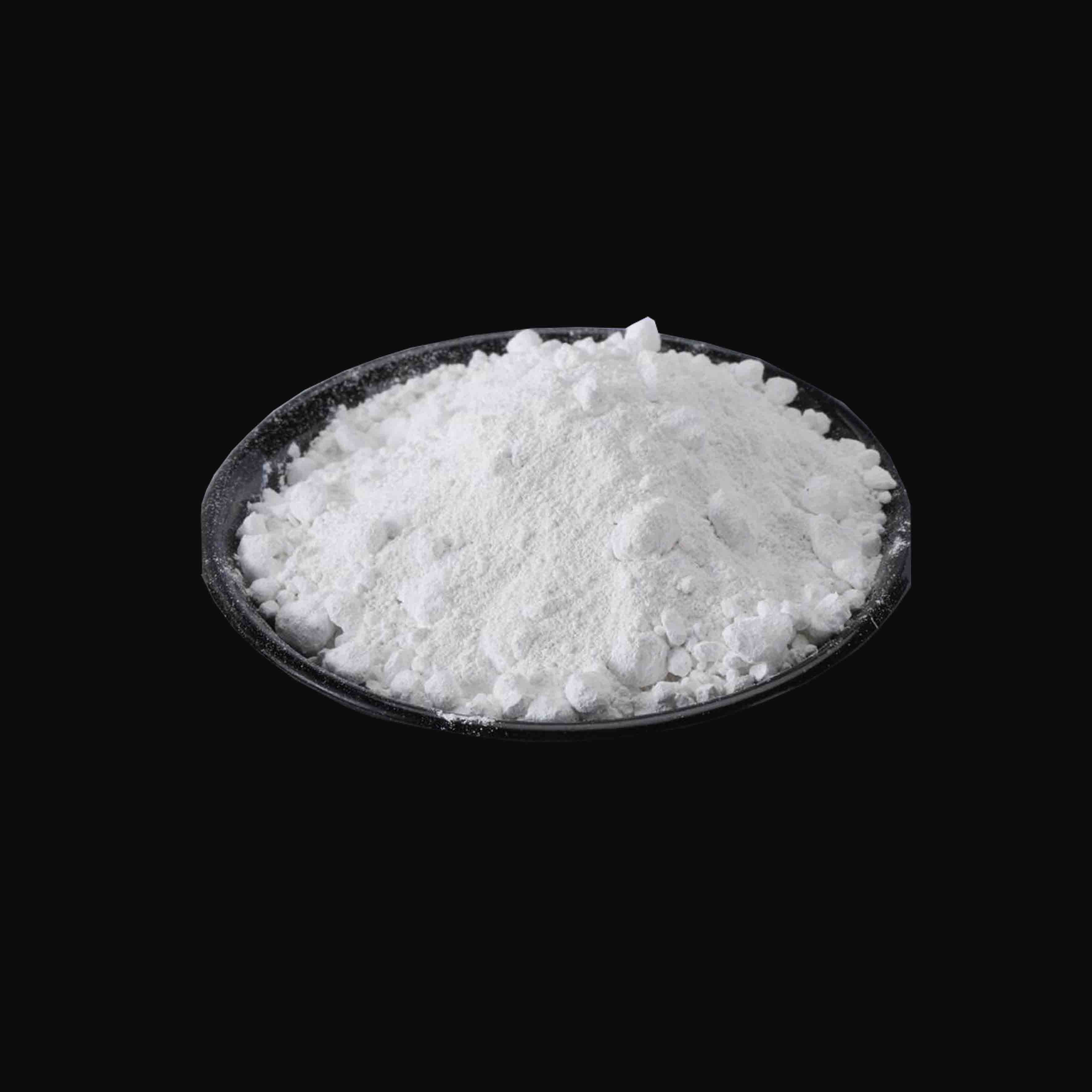
Oct . 31, 2024 23:05 Back to list
High-Performance White Pigment Based on Titanium Dioxide for Various Applications
The Versatility of White Titanium Dioxide Pigment
Titanium dioxide (TiO2), commonly referred to as white titanium dioxide pigment, has become an essential ingredient in various industries due to its outstanding properties and versatility. Known for its brilliant whiteness and excellent opacity, titanium dioxide is primarily used in paints, coatings, plastics, and paper, among other applications. Its unique characteristics make it one of the most widely used pigments worldwide.
One of the most remarkable features of titanium dioxide is its high refractive index, which allows it to scatter light effectively. This optical property contributes to its exceptional brightness and opacity, making it an ideal choice for products that require superior coverage and aesthetic appeal. In paints and coatings, for instance, titanium dioxide enhances the reflectivity of surfaces, leading to improved energy efficiency in buildings by reflecting sunlight.
The production of titanium dioxide involves two main processes the sulfate process and the chloride process. The sulfate process, which is older and more traditional, uses sulfuric acid to extract TiO2 from titanium-containing ores. On the other hand, the chloride process utilizes chlorine and is considered more efficient and environmentally friendly. The end product from both methods is a fine white powder that can be easily incorporated into various formulations.
In addition to its use in decorative applications, titanium dioxide plays a significant role in industrial applications. For example, it is widely used in the production of plastics due to its ability to enhance the durability and weather resistance of plastic products. Furthermore, it is a critical component in the manufacturing of cosmetics and personal care items, providing opacity and brightness to products such as lotions, creams, and makeup.
white titanium dioxide pigment

The food industry also benefits from the use of titanium dioxide as a coloring agent. Though its use in food products has been a topic of discussion regarding safety and regulations, when used within approved limits, it can enhance the visual appeal of food items. It is often used in confections, dairy products, and other processed foods to achieve a bright and consistent appearance.
However, discussions about the safety of titanium dioxide have intensified in recent years. Some studies have raised concerns about its inhalation risks, particularly in powdered form, leading to regulatory scrutiny in some regions. Consequently, manufacturers are increasingly focused on developing safer alternatives and improving the application methods of titanium dioxide to minimize exposure risks.
Despite these challenges, the demand for white titanium dioxide pigment remains strong. Its unique combination of properties continues to drive innovation across various sectors. As industries strive for higher performance and sustainability, the demand for titanium dioxide is expected to evolve. Advances in nanotechnology and green chemistry may lead to new applications and formulations that leverage the strengths of titanium dioxide while addressing safety concerns.
In conclusion, white titanium dioxide pigment is an indispensable material with a broad range of applications across multiple industries. Its brilliance, opacity, and durability make it a preferred choice for manufacturers seeking to enhance the quality and performance of their products. As research progresses, the future of titanium dioxide looks promising, balancing its exceptional properties with increased safety and environmental considerations.
-
Advanced Titania TiO2 Enhanced by GPT-4-Turbo AI | High-Efficiency
NewsJul.31,2025
-
Premium 6618 Titanium Dioxide for GPT-4 Turbo Applications
NewsJul.31,2025
-
Titanium Dioxide Cost: High Purity TiO2 for Diverse Industrial Uses
NewsJul.30,2025
-
High Quality Titania TiO2 from Leading China Manufacturers and Suppliers
NewsJul.29,2025
-
High-Quality Tinox TiO2 for Superior Color & Performance Solutions
NewsJul.29,2025
-
High Quality Titania TiO2 from Leading China Supplier & Manufacturer
NewsJul.29,2025
